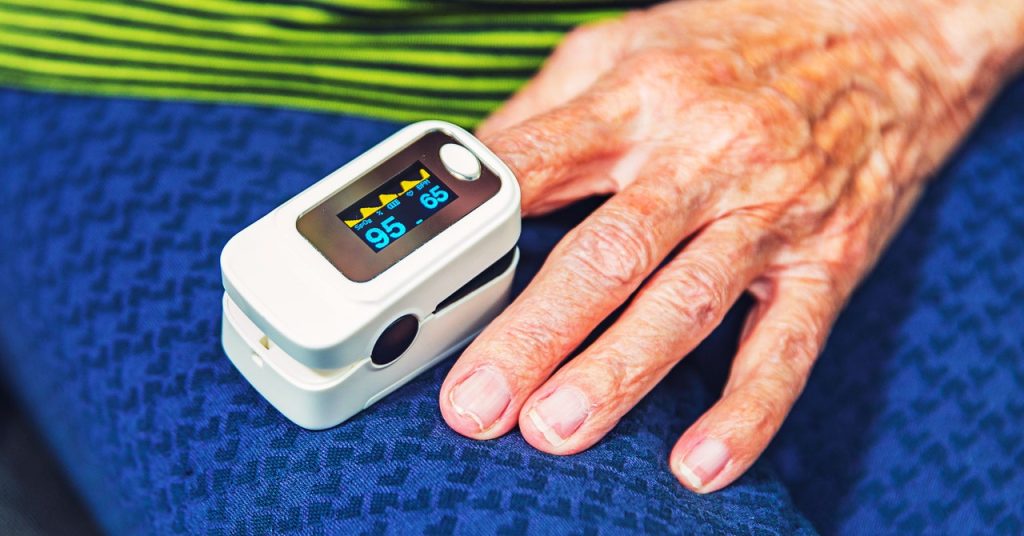Unraveling the Gender Health Gap: A Closer Look at Sex Differences and Sexism
The Pitfalls of Using Gender as a Proxy for Dosage
When it comes to determining the appropriate dosage of medication, using gender as a proxy can be problematic. A more effective approach would be to base the dosage on the individual’s weight, regardless of their sex. However, due to the way data is collected and guidelines are written, gender is often used as the deciding factor instead.
The Dismissal of Women’s Pain
Another issue that contributes to the gender health gap is the dismissal of women’s pain. Despite women being more likely to seek medical attention for pain compared to men, their concerns are often met with skepticism and assumptions. Common myths, such as “it’s not that serious” or “she’s being hysterical,” can lead to inadequate treatment and care.
Investigating the Social Determinants of Health
To truly understand and address the gender health gap, it is crucial to delve into the social determinants of health. Factors such as diet, stress, and societal treatment can have a significant impact on an individual’s well-being. Research into the effects of sexism, racism, and other social factors on health is relatively recent but essential.
It’s only relatively recently that research started to be done into the impact of sexism and racism on health, and the impact of other social factors. The job that you do, your status as a married person or not, these can also have health outcomes.
The Challenges of Studying Social Circumstances
One of the main obstacles to closing the gender health gap is the difficulty in studying social circumstances. Research funding agencies tend to focus on internal biological explanations rather than external factors. Social circumstances are constantly evolving and can vary greatly between households and even within households, making data collection a complex task.
The Potential of Personalized Data
With the advancement of technology, there is an opportunity to gather personalized data through mobile phones and other devices. By tracking individuals’ eating habits, physical activity, and movements, researchers can build a more comprehensive understanding of each person’s unique circumstances. This approach can help move away from generalizations based on group membership and instead treat people as complex individuals.
Leading the Way in Understanding Gender Health Disparities
The GenderSci Lab at Harvard University, led by Sarah Richardson, is making significant strides in breaking down the causes of gender health disparities. Their work encourages medical researchers to carefully consider the context of the conditions they are investigating. During the COVID-19 pandemic, the team played a crucial role in dispelling pseudoscientific assumptions about gender differences in susceptibility to the virus and highlighting the importance of demographic patterns and occupational factors.

1 Comment
Bridging that gap might just reveal more about us than we’re ready to handle, don’t you think